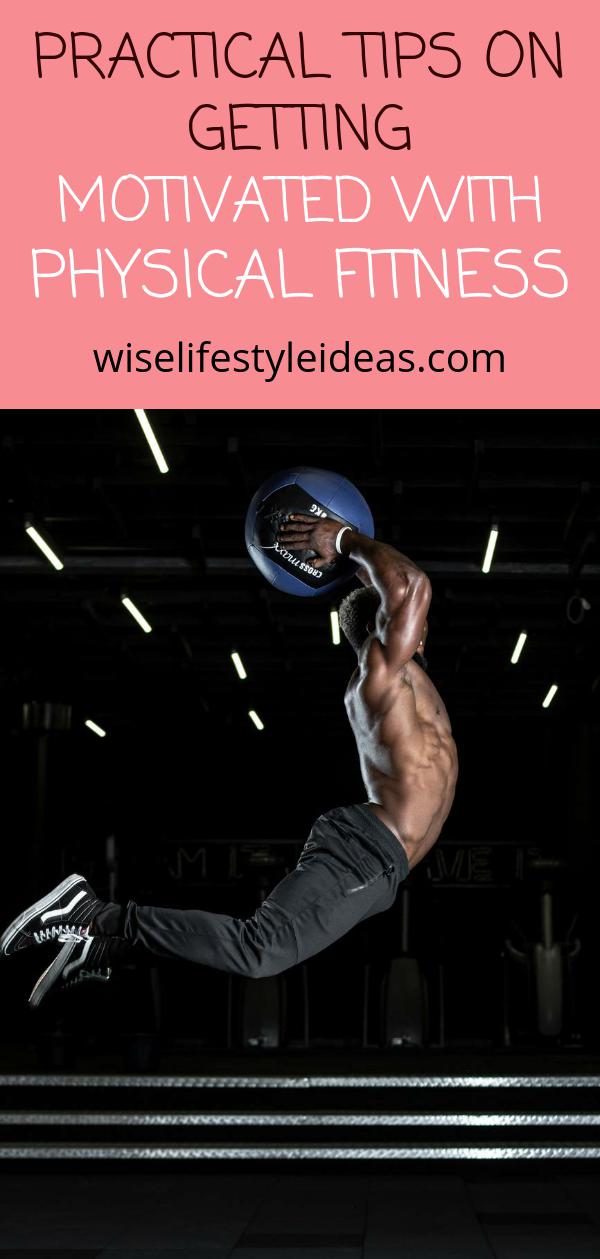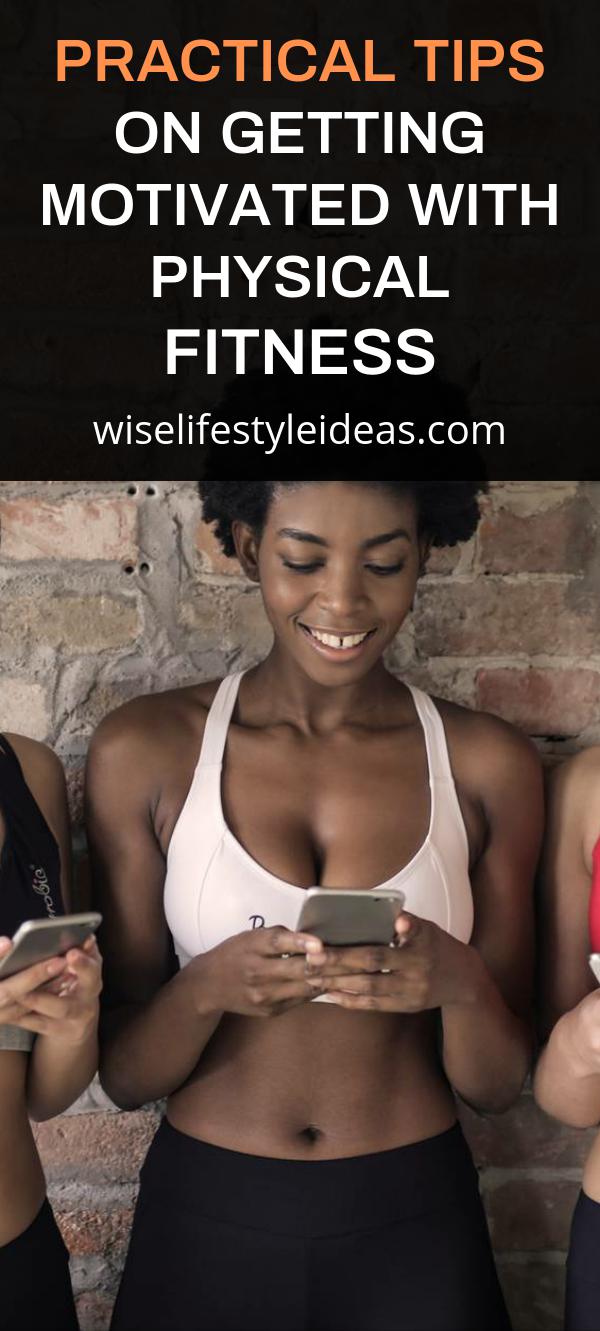Most people would spend money to enroll in gym memberships or buy those fitness equipments only to quit as soon as they start. Either they are too busy that they couldn’t find time to keep it going, or they quickly lose their interest due to lack of motivation. It’s easy to start a lifestyle of fitness. What’s difficult is how to be consistent with it.
Studies reveal that most Americans engage in physical fitness only once in a while. Others don’t even exercise at all. And yet, about a quarter are able to find time to go the gym and sweat it out to their heart’s delight. How could they?

It’s easy to start a lifestyle of fitness. What’s difficult is how to be consistent with it. Most people would spend money to enroll in gym memberships or buy that fitness equipment only to quit as soon as they start. Either they are too busy that they could no longer find time to keep it going, or they quickly lose their interest due to lack of motivation.
In order to stay motivated, try to set some fitness goals and write them on paper. Putting them down on paper gives them more weight than just saying things to yourself. Be specific and realistic with your goals. Instead of telling yourself that “I will start working out in a gym next week and build some muscles,” try writing it down in paper as “I will start working out in a gym next week, 3 times a week, Monday… Wednesday…and Friday, after work.” Setting unrealistic goals may lead to disappointment and frustration. Exercise can give you a healthier body and add a certain glow, but it won’t catch you a lover or turn you into a celebrity or supermodel.
Setting aside a specific regular time for your fitness regimen is important to keep your enthusiasm going. The number one reason why most people, especially women, don’t exercise is because they’re too busy doing things for other people: their spouse, their kids, their boss. Make a plan or schedule for all the little stumbling blocks that usually get in the way and incorporate your time for exercise into your daily routine. Be sure to follow it and stick to it. Biking to work or taking a walk to do errands make a great deal in adding physical activity to your lifestyle.
Treat exercise as a social event by joining a group or being with a workout buddy. Camaraderie helps in keeping the spirits up. Make family time a lot of fun by playing catch or kick with your kids, or swimming together in a lake or pool.
Routine variations help, such as working on several activities during the week will help develop different sets of muscles and skills. While athletes do this for cross-training, one doesn’t have to be in training to enjoy the benefits of mixing different sports, such as running, biking, and swimming.
When fatigue interferes with your desire to work out, something may be wrong with your eating habits. Eating small meals frequently throughout the day is much better than skipping a meal, say lunch, and then eat a big dinner. Starving yourself affects your brain and leads to fatigue. However, eating too much at once slows your metabolism and makes you feel sloppy. On the other hand, eating frequently keeps your blood sugar level constant and maintains your energy level up. High-protein and high-fiber foods such as nuts and fruit are a good snack to give yourself a boost.
Treat yourself with rewards whenever you complete a cycle of your schedule, say every month, buy yourself something to encourage you for your effort. Some experts suggest putting a small amount of money in a jar every time you work out. At the end of the year, use your collected cash to buy something just for you.

Being consistent helps you become motivated. And the more you exercise, the easier it gets. Building more strength helps muscles develop more mitochondria, the cell parts that turn sugar into energy. The more mitochondria you have, the harder you can exert yourself. You also increase the number of capillaries which helps the oxygen flow to your muscles to provide more energy.
As you continue being faithful with your schedule and goals, the changes may not be visible at once. Most of these bodily changes are invisible, but they are happening and are important in laying the groundwork for a strong, healthy physique. As the cliché goes, ‘no pain, no gain’. Stick to it and you will soon realize that everything will fall into its proper places.




